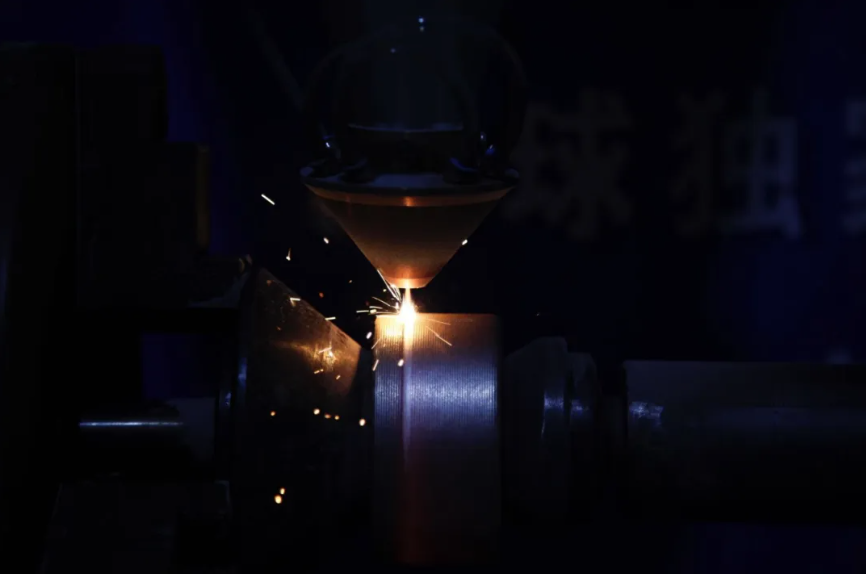Laser Composite Cleaning Principle
The laser composite cleaning principle is mainly through the semiconductor continuous laser as a heat conduction output, so that the attachment to be cleaned to absorb energy to produce gasification, plasma cloud, and the formation of thermal expansion pressure between the metal material and the attachment, reducing the interlayer bonding force between the two. When the pulsed laser outputs a high-energy pulsed laser beam, the vibration shock wave generated will make the adhesives with weak bonding force directly detach from the metal surface, thus realizing rapid laser cleaning. The applications of this technology cover ships, automobile repair, rubber molds, high-end machine tools, railroads, and environmental protection. Resins, paints, oils, stains, dirt, rust, coatings, plating, and oxidized layers can be removed.
The advantages of laser composite cleaning technology are not only the superposition of two lasers, focusing on the utilization of energy is far greater than the simple addition of two heat sources. In the thick coating material laser cleaning, due to a single laser multi-pulse energy output, high power pulse laser cost is high, limiting the thick coating material laser cleaning, and the use of pulsed laser - semiconductor laser composite cleaning can be fast and effective to improve the cleaning quality, and the substrate is not easy to cause damage. In the laser cleaning of aluminum alloy and other highly reflective materials, a single laser has a large reflectivity and other issues, and the use of pulsed laser - semiconductor laser composite cleaning, due to the role of the semiconductor laser thermal conduction transmission, increasing the metal surface oxide layer energy absorption rate, so that the pulsed laser beam can be faster peeling off the oxidized layer, so as to improve the efficiency of the removal of a more effective.
Practical application cases
The wheelset is the part of the rolling stock in contact with the rail, which consists of the left and right wheels firmly mounted on the same axle. The role of wheelsets is to ensure the operation and steering of rolling stock on the rail, bear all static and dynamic loads from rolling stock, transfer them to the rail, and transfer the loads generated by line irregularities to the various parts of the rolling stock.
For high-speed railcars, wheels and axles are made of carbon steel without added alloying elements, which often becomes the cause of cracks and brittle fractures, so high-speed railcars need to be overhauled after running for a period of time. Before overhauling, the coating on the wheel axle and spokes needs to be completely stripped off, and the coating is epoxy resin coating material with a thickness of 150-250μm.
The traditional method is to use a wire brush for grinding, this method can be stripped coating, but the efficiency is very low, and the operator labor intensity is very high, but also on the surface of the wheel to cause damage to the next step of the impact of flaw detection. Laser cleaning technology can effectively remove the paint layer on the surface of the wheels, but the efficiency is low, the cleaning speed is slow in the case of thick coatings, the limitations are very large, and the composite laser cleaning technology can be controlled within 8 minutes per wheel, the cleaning efficiency of the Sa3 level (the highest standard of cleaning) and no injury to the substrate.




Comments
Post a Comment